Hunting trophy with a deer and game, adorned with the accoutrements of the chase
Oil on canvas
In a period style moulded pine and ebony veneer frame
88.6 x 116.9 cm.; (within frame) 115.6 x 145 cm.
Private collection, Germany;
By whom sold, Lempertz, Aachen, 30 March 1927, lot 252 (as Jan Weenix);
Christie’s, King Street, where consigned on 18 June 1980; Fine Old Master Pictures, 31 October 1980, lot 108, as Willem van Aelst (1627-1683);
Neumister, Munich, 30 June 1982, lot 914;
Private Collection, Brussels;
With Trade Picture Services Ltd., restorers;
Dreweatts, Old Master, British and European Art, 21 February 2024, lot 255;
Private collection, United Kingdom.
ARCHIVAL
RKD, Netherlands Institute for Art History (no. 39933; no. 1845803)
This impressive early still life is an excellent example of the hunting trophy genre, which found popularity with the aristocratic patrons of The Hague in the mid-17th century. Such displays celebrated the spoils of the hunt, and boasted of the lands, game and weaponry required of participants. Indeed, the inclusion of a doe roe in the present work, identifiable by the pale markings on the neck, white rump and underside, is indicative of a patron of status: only nobles entitled to ride into battle under their own banners were entitled to organise deer hunts. Hunting trophies became a popular decoration of noble residences, expressing a human intervention within the natural order with an engaging realism, combining decorativeness with an exuberant masculinity. A Germanic influence can be seen here in the restrained palette of deep reds, browns, and black, applied to an umber ground. Likewise, the flintlock blunderbuss (or sporting rifle) is southern German in design, dating to c. 1700-1720, with a curved lockplate, club-shaped butt, and lack of a pan bridle. The sword is of the same period, with a knuckle guard and curled back quillon.
With an illusory depth, the masterly composition comprises intersecting diagonals arranged across the picture plane, a scheme which achieves a pictorial motion whilst expressing the evident stasis of the animal components. A deer and three game birds – a brace of two partridge and one woodcock – dominate the foreground, resting partly across a flintlock sporting rifle and hunting hanger, supported by stone ledges of varying form. Several planes of projection are set at corresponding angles interlaid within the design, each converging with the central deer: the partridge and hanger; the woodcock and rifle; the deer and the horizontal stone edges. This compositional architecture is softened by the high realism of the tactile working, of meticulously fashioned fur and feathers, the steely metal of the rifle and hanger, and the braided cord and tassel of the powder flask. A delicate light scatters the individual bristles of fur across the deer’s soft hide and wiry inner ear, an attractive effect also seen in the plumage of the partridge.
A narrative rationale is provided by the accoutrements of the chase. Arranged ceremoniously around the game, within the fashioned grounds of an estate, the work records the immediate return from the hunt with a sense of lively immediacy which proudly involves the viewer in the sport. The assemblage comprises the hunting horn, embellished with scrolled decoration and braided metal; the circular powder flask with central floral motif and metal nozzle, and a braided string and tassel; the flintlock sporting rifle, with a scrolled foliate brass butt plate; and the ornate hunting hanger, its hilt wonderfully decorated. The work may well depict the actual game and regalia of a particular patron, which was not uncommon since artists often accompanied hunting parties for observation.
The work is almost certainly that which sold with Lempertz in 1927 and Neumister in 1982, recorded in the records of the RKD, Netherlands Institute for Art History. An immediate likeness between the present work and those in the RKD archives was at first confused by compositional alterations and a reduction in the vertical dimensions. These changes included the shaping of the deer’s scapula or shoulder blade joint, its extended leg, and most prominently the absence of a large game bird hanging in the upper centre. However, ultraviolet analysis confirms restorative remodelling which corresponds to these areas of inconsistency, completed sometime after 1982 by a conservator unfamiliar with the original composition. These adjustments included the obscurement of the large game bird with a dark sky, which had previously been diffused with a bright light. Examination of the vertical canvas edges confirms that the work was partially reduced in size, and the upper composition adjusted accordingly. The shortening of the hunting horn and extension of the deer’s hind leg beyond the canvas accommodate this narrower arrangement. The horizontal dimensions appear to have remained unaltered. In 2001, the Dutch art historian Fred G. Meijer, a specialist in Dutch and Flemish 17th century still-life painting, recorded the work as that of an anonymous artist, dating to 1650-1699 (RKD).
The work was likely commissioned by an aristocrat as a conspicuous display of their noble right to partake in hunting. Indeed, the size and conceivable cost of the work would make it inaccessible to the purses and residences of the bourgeoisie. As Dr. Ursula Härting notes, ‘the buyers or patrons were first and foremost the landed gentry, and thus the owners of hunting lodges and summer residences where the works were probably first hung’ (Härting, p. 220). The roe deer seen here is particularly suggestive, as deer were reserved for the upper ranks of the nobility, who fashioned the animal as part of a new pictorial language of power. Taking the southern Netherlands as an example, hunting had been regulated by strict rules imposed by the Habsburgs in 1600. The sport was protected for landowners or those with hereditary hunting rights, and offenders were routinely punished. The sale of fiefs and domains to burghers saw a flux in the noble class permitted to hunt, and the cessation of military hostilities during the Twelve Year Truce improved the condition of forests and saw game flourish. The renewed interest in hunting saw the game piece develop in Flanders, and established the grand class of still-life painting to which this work belongs.
I am grateful to Jonathan Ferguson, Keeper of Firearms & Artillery, Royal Armouries, and Dr Iason Tzouriadis, Curator of European Edged Weapons, Royal Armouries, for their assistance in cataloguing the present work.
BIBLIOGRAPHY & FURTHER READING
Calouste Gulbenkian Museum, In The Presence of Things: Four Centuries of European Still-Life Painting: Part One, 17th-18th Centuries (Lisbon, Portugal: Textype Lda, 2010)
Ildikó Ember, Dutch and Flemish Still Lifes: 1600-1800, 2 vols. (Leiden, The Netherlands: Primavera Press, 2011)
Onno ter Kuile, Seventeenth Century North Netherlandish Still Lifes (The Hague: Staatsuitgeverij, 1985)
Ursula Härting, ‘The “Noble” Game Piece: Origins and Efflorescence’, in The Magic of Things: Still-Life Painting 1500-1800 (Ostfildern, Hatje Cantz Verlag, 2008)


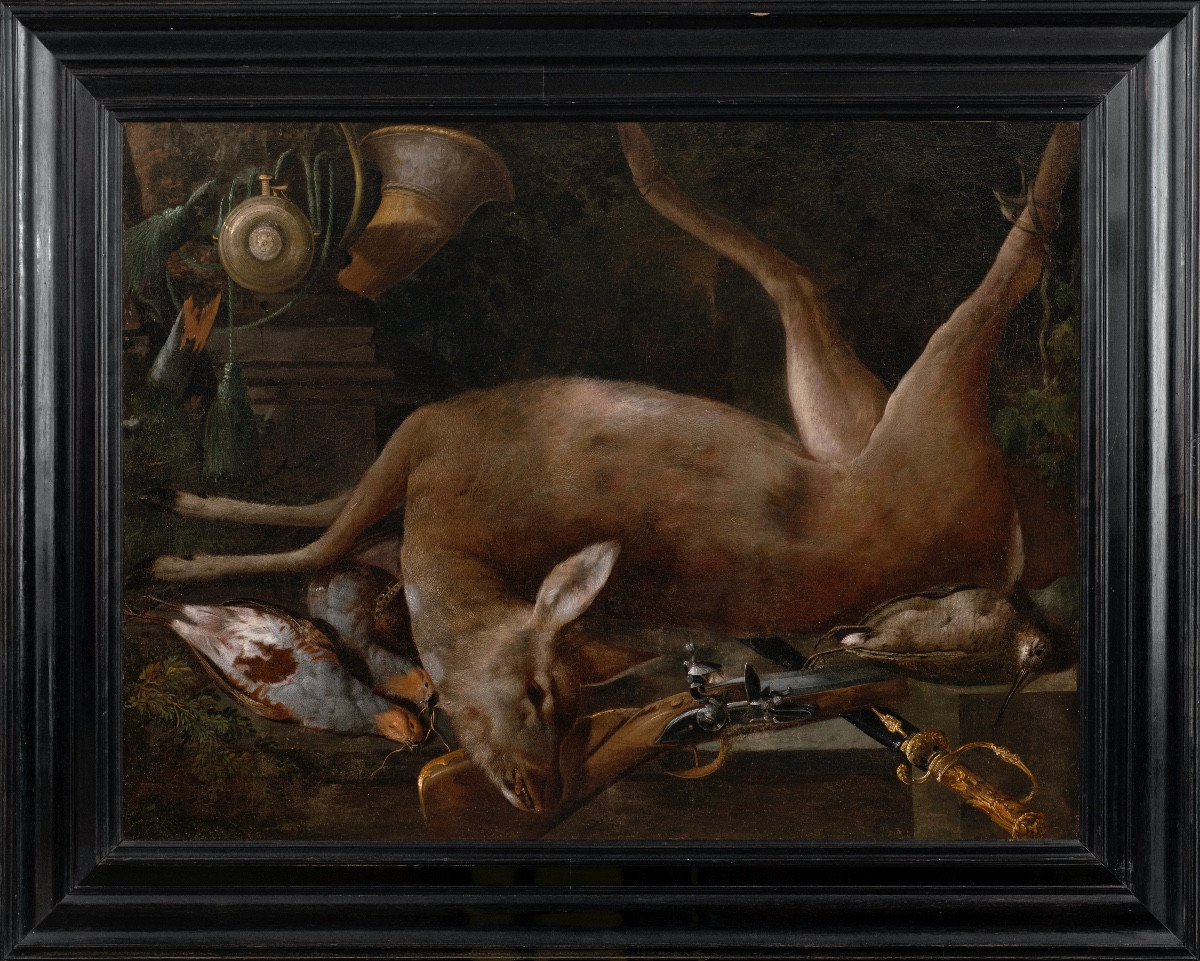
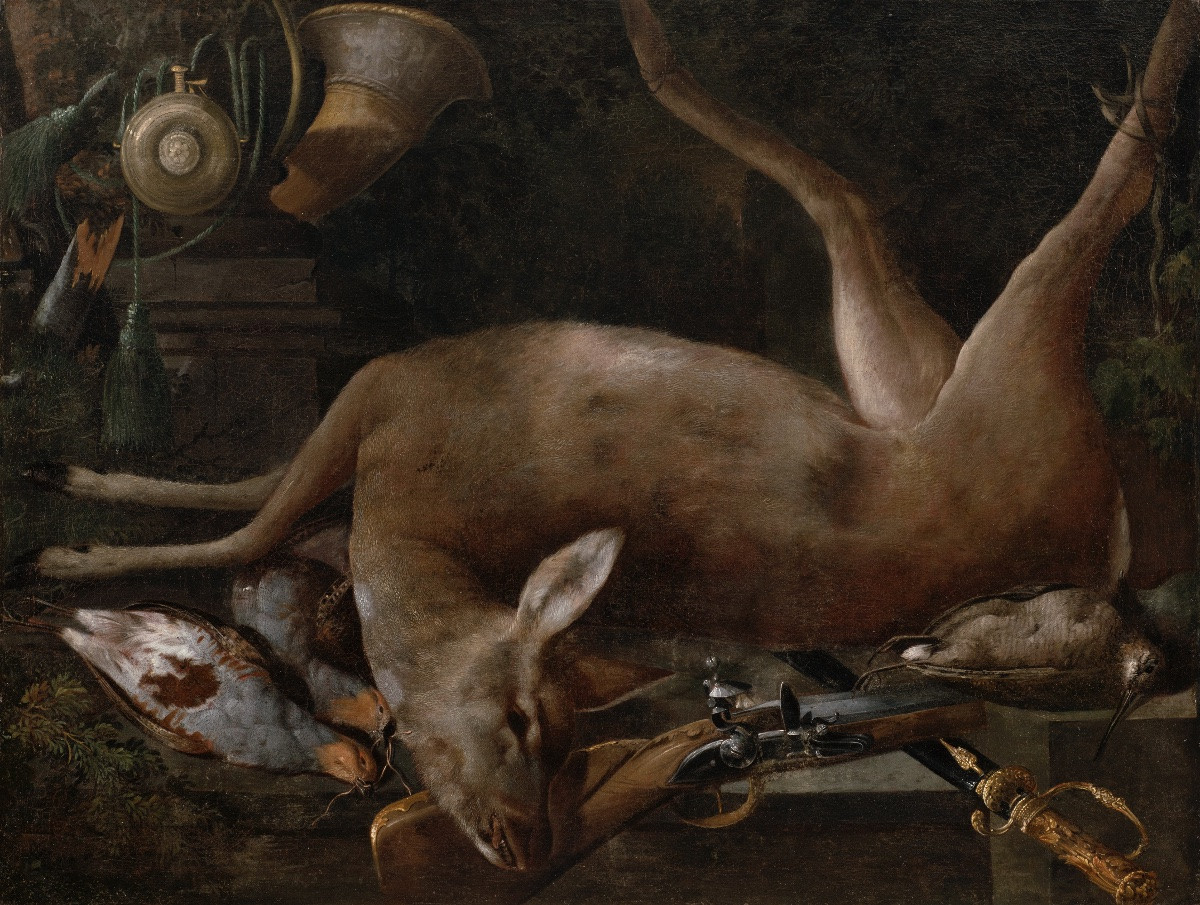

















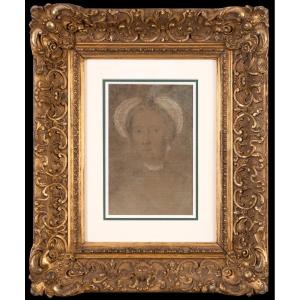




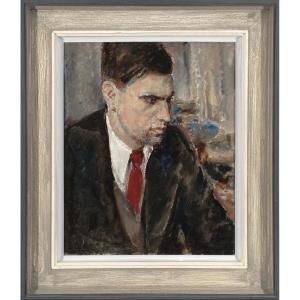
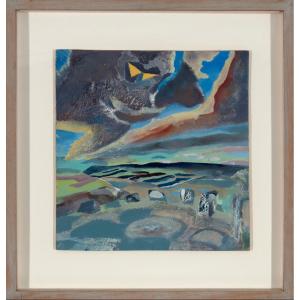

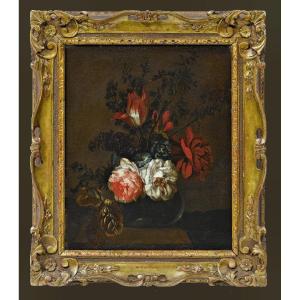






 Le Magazine de PROANTIC
Le Magazine de PROANTIC TRÉSORS Magazine
TRÉSORS Magazine Rivista Artiquariato
Rivista Artiquariato